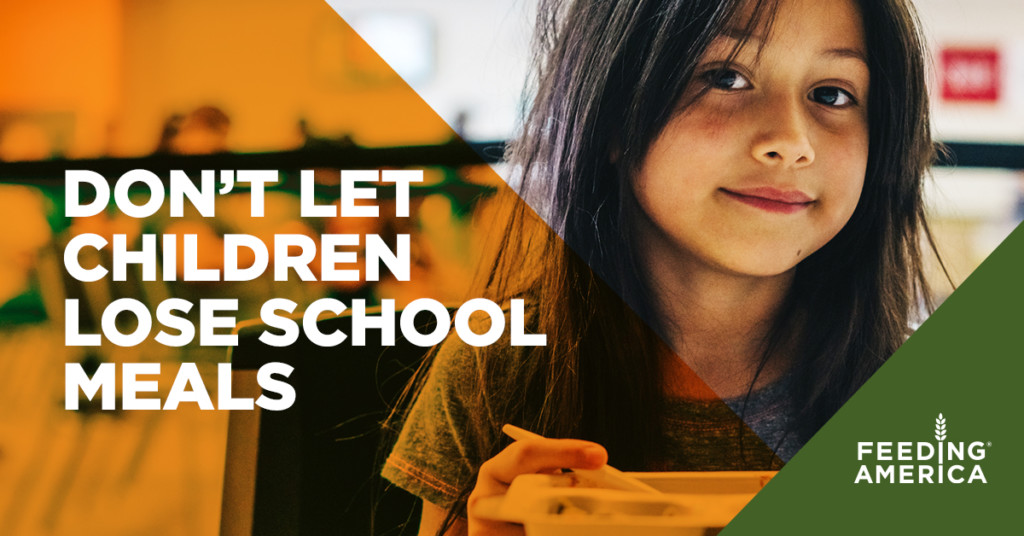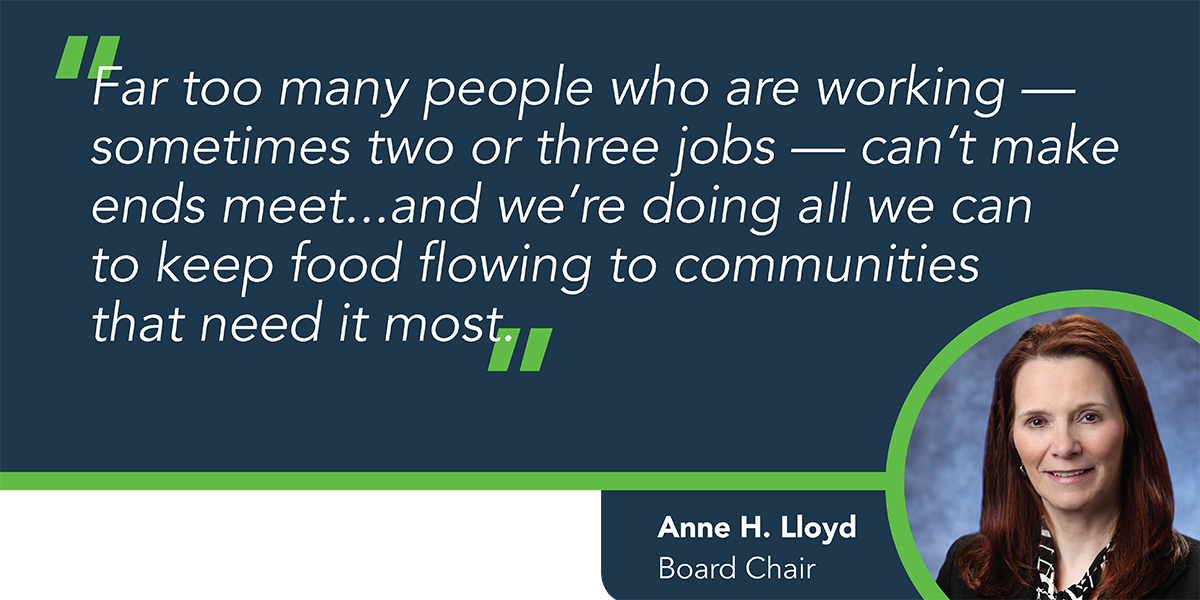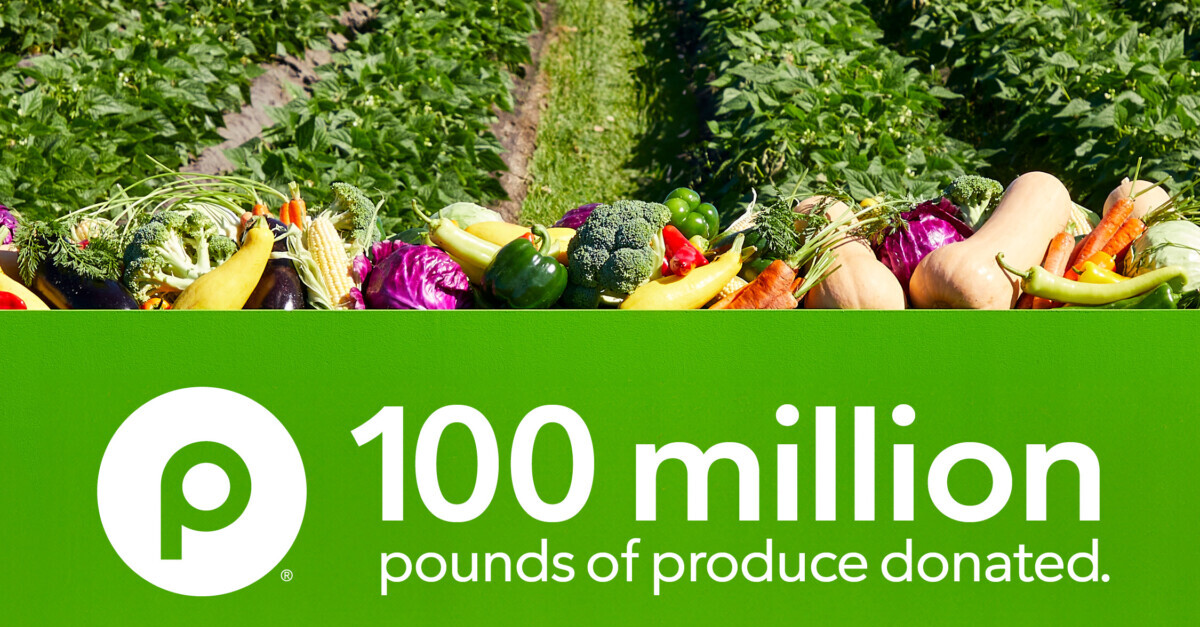Guest Blog by Seth Palmer │ Food Bank CENC Social Media Ambassador
Following the challenges levied against the Supplemental Nutrition Assistance Program (SNAP) in the past, we all hoped that the thousands of families and children wouldn’t be at risk of losing their coverage again. Unfortunately in late July 2019, the US Department of Agriculture proposed a new rule which would limit automatic SNAP eligibility to only those persons receiving limited benefits from the Temporary Assistance for Needy Families (TANF) program. In a statement, Secretary of Agriculture Sonny Perdue stated that this change was in response to a “loophole” in the current system. He said, “[f]or too long, this loophole has been used to effectively bypass important eligibility guidelines.”
But is it actually a loophole? And what impact will making this change have on real people? According to the Food Research & Action Center, the Trump administration’s proposed rule would “take away SNAP’s critical food assistance from 3 million people who are struggling to make ends meet.” What’s even worse is that the very rule language acknowledges the potential negative impact. It says that the rule “may also negatively impact food security and reduce the savings rates among those individuals who do not meet the income and resource eligibility requirements for SNAP.”
Real people, real hunger
If this rule is approved and put into effect, it is clear that Americans from coast to coast will feel the impact. The severity of that impact though is up for debate. As was said by Senator Debbie Stabenow (D-Michigan), the rules will “take food away from families, prevent children from getting school meals, and make it harder for states to administer food assistance.”
The recent attacks on SNAP have already had a negative effect on nationwide participation. In April 2019, 36 million people participated in SNAP, down from 38 million just a year before. This is a concerning trend and further restraints on program eligibility are not an action which will turn the tide. Ellen Vollinger, legal director of the Food Research & Action Center was quoted in a recent Associated Press article regarding this proposed rule saying that the government should “put attention on how to help more people, not undercut supports for them and make their struggle against hunger even harder.” I couldn’t agree more with this sentiment. But as an advocacy professional I know that agreement is one thing, action is another.
Take action today
So what can you do to make sure the USDA hears why these changes will have a negative effect on food security for millions of Americans? This rule is currently open for comment and you are encouraged to submit your perspective through Feeding America’s advocacy form. It takes just a few minutes to make your voice heard, but the impact can be far-reaching. You have until September 23 to provide comments so do not delay!
 Seth Palmer is a policy wonk with a passion for using his communications skills to share important stories. In his day job, Seth is the Political Communications and Regulatory Affairs Director for NC REALTORS®, the state’s largest trade association. In this role, he is part lobbyist, part communications professional, and a lot of things in between, representing and teaching the NC REALTORS®’ 43,000 members how to be advocates for their business and industry. He has been a FBCENC Social Media Ambassador since 2013 because he believes in its work and wants to make sure everyone knows it (even if that is just through a tweet).
Seth Palmer is a policy wonk with a passion for using his communications skills to share important stories. In his day job, Seth is the Political Communications and Regulatory Affairs Director for NC REALTORS®, the state’s largest trade association. In this role, he is part lobbyist, part communications professional, and a lot of things in between, representing and teaching the NC REALTORS®’ 43,000 members how to be advocates for their business and industry. He has been a FBCENC Social Media Ambassador since 2013 because he believes in its work and wants to make sure everyone knows it (even if that is just through a tweet).








